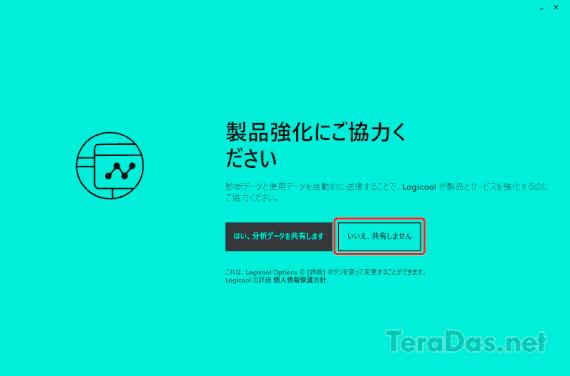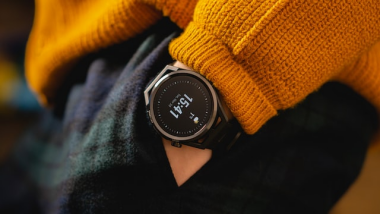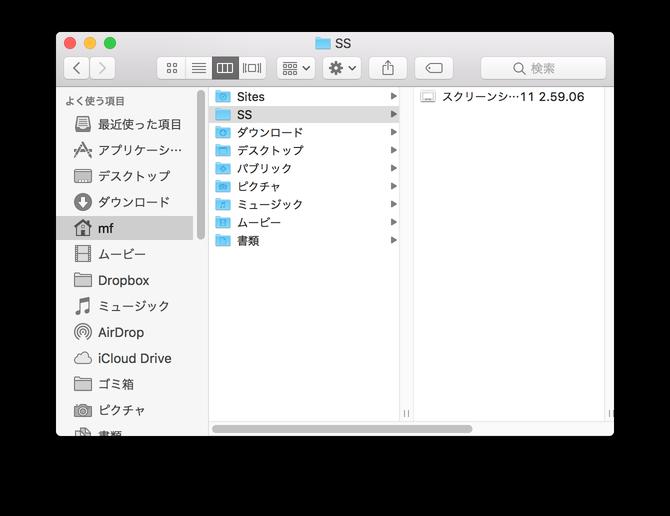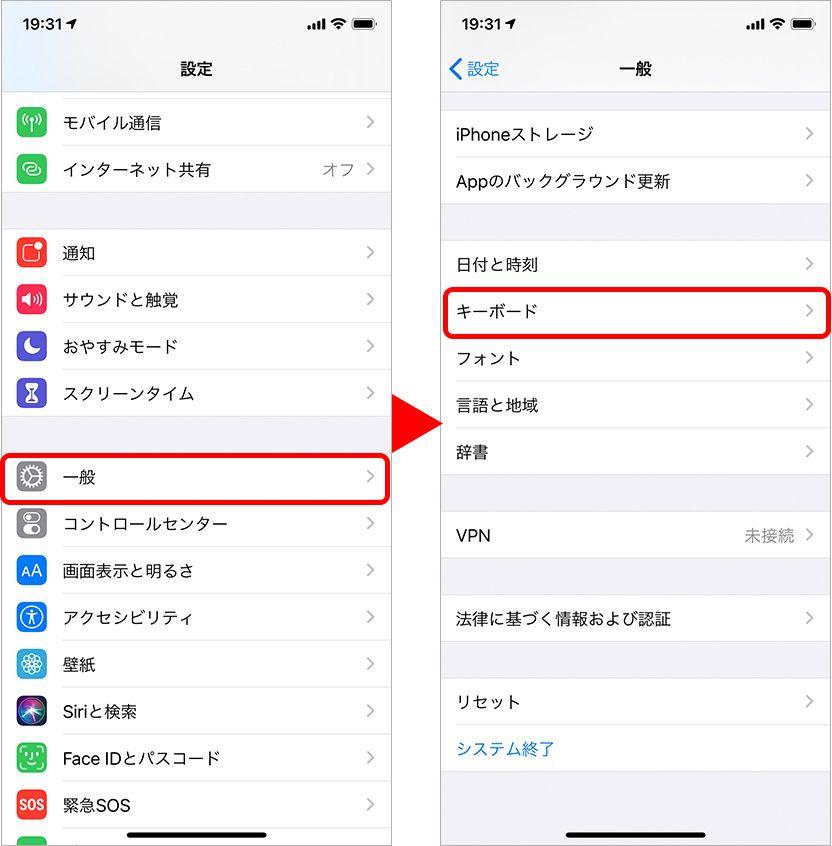Ownership rate 17.7%, those who do not want it but want 17.8% ... Smart speaker ownership and usage status
A digital device and smart speaker that integrates voice recognition function, search function, and interlocking with other digital devices, and enables necessary operations by giving commands as if the user had a direct dialogue. With the variety of apps called skills, it is now recognized as a device with the same expandability and potential as smartphones. This time, based on the published values of the "Survey on Information and Communication Media Usage Time and Information Behavior in the 2nd Year of Reiwa" (*) announced on the official website by the Ministry of Internal Affairs and Communications as a survey result of the Information and Communication Policy Research Institute in August 2021. , Check the usage status of the smart speaker.
The following is the ownership and usage status of smart speakers. Ask the respondents to answer whether they are at home or not, and in some cases, whether the respondents are using it or not (whether it is just left or used by another person in the family). (It doesn't matter), if not, they ask me if I want it at home or not. You can check the actual demand for smart speakers by asking not only the answer with or without the answer, but also the usage status if there is one, and whether or not you want to own it if there is no such answer. The answer sheet says "Smart speaker (Google Home, Amazon Echo, etc.)".
The overall ownership rate is 17.7%. However, the utilization rate is only 10.3%. The hurdle of use itself should be low because you can enter commands interactively, but although the concept itself has existed for a long time, the appearance of actual products has happened in the last few years, so how can you use it concretely? Many people don't know (someone in the family bought it, but I didn't use it). Or maybe there is no interlocking device that can be used effectively.
By age group, teens have the highest rate at 23.2%, but the utilization rate is only 13.4%. The value is almost the same for people in their 20s. And after the 30s, both the ownership rate and the utilization rate decrease with the year. But even in their 60s, 13.5% say they have smart speakers at home, which may be a surprising result.
By employment type, it is characteristic that the value of students is by far the highest. On the other hand, the value of unemployed is low, but this is probably because they are suffering from the elderly. Is it because of cost performance issues that part-time jobs are low? By household income, the ownership rate and utilization rate increase as the household income increases. It is difficult to find movements that tended to be by city size.
Regarding the trend of non-owners, those who want to own it are in their 60s and are unemployed, and the value is a little low, but other than that, the value is about 10% to 20%. In particular, students and students in their teens to 20s show 20%, which is considered to be of great interest to university students.
Although it is just a tool based on the fusion of existing technologies, smart speakers have the potential to become a futuristic and longing item for many people. Since low-priced versions are appearing one after another, there is no doubt that they will be further popularized along with suggestions on how to use them and trial and error by the manufacturers.
■ Related article:
[Searching for the actual market size of smart speakers and AR / VR in the world (released in 2020)]
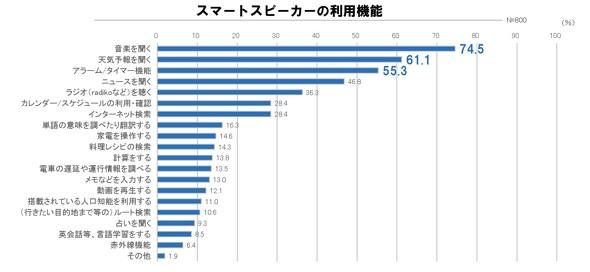
[Music listening time with a surprisingly long smart speaker (latest)]
* Reiwa 2nd year Survey on information and communication media usage time and information behavior
From January 12th to January 18th, 2021, 125 sites nationwide will be sampled by random location quarter sampling (a method of randomly sampling survey points, allocating a sample number to each site, and extracting survey subjects in the relevant area). 1500 samples of 13-69 years old were extracted and used by the home-visit indwelling survey method. Questionnaire surveys and diary surveys are conducted in parallel, with the latter being conducted on weekdays 2 days and holidays 1 day. Therefore, although it is "teen" in the graph notation, it means 13 to 19 years old in a strict sense.
Irregular movements can be confirmed in some survey results depending on the timing of the survey, but the report states that "the impact of different survey timings and the possibility of a temporary tendency for a single year cannot be denied, and it is continuous. It is necessary to take into account the results of future surveys, etc. to understand these trends. ”“ The Reiwa 2nd year survey was conducted under the state of emergency targeting 11 prefectures due to the spread of the new coronavirus infection. It is also necessary to pay attention to the fact that it is a new one. "
(Note) Unless otherwise specified, the graphs and charts in the text are quoted from the materials described or created by the author based on the materials.
(Note) Unless otherwise specified, the photographs in the text are taken by the author based on the materials described in the text, or taken by the author during the interview.
(Note) Numbers used in article titles, texts, graphs, etc. may be rounded to the nearest whole number so that the display will be optimal on the spot. Therefore, the total value of the numbers on the display may not match exactly.
(Note) If the value at the end of the axis of the graph is set to a non-zero positive value in order to format the graph and make it easier to see the movement of numbers, the value may be circled to call attention. ..
(Note) In the graph, some notations such as items (such as okurigana) may be omitted or changed in order to improve the appearance. Also, "~" may be expressed as "-".
(Note) "ppt" in the graph means% point.
(Note) "(Large) Earthquake" means the Great East Japan Earthquake unless otherwise specified or detailed.
(Note) This article is a partial addition or change to the article posted in [Garbage News].
